Planning a trip to Mexico? It’s important to be aware of the current travel advisories and safety precautions issued by the U.S. Department of State. Although the travel advisory has been in place for some time, it remains highly relevant due to ongoing safety concerns in several regions.
Rising Crime Rates in Mexico

Image Credit: Shutterstock / PeopleImages.com – Yuri A
Mexico continues to experience significant crime rates, prompting the U.S. Department of State to maintain its advisory. Violent crimes such as homicides, kidnappings, carjackings, and armed robberies are prevalent across many areas, making certain regions particularly dangerous for travelers.
Tijuana and Acapulco
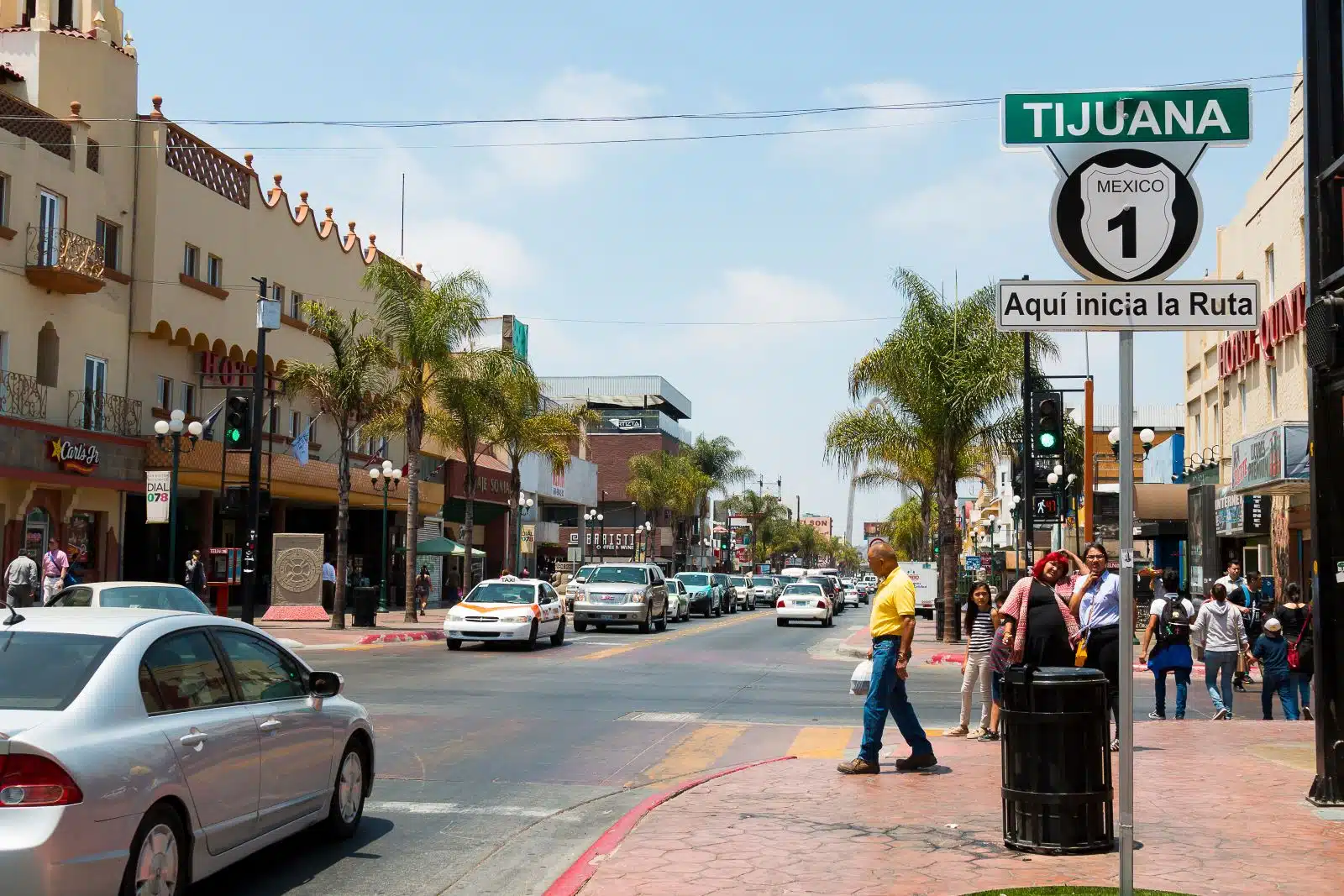
Image Credit: Shutterstock / Sherry V Smith
Tijuana and Acapulco remain flagged for high levels of violent crime. These cities are known for gang activity and drug-related violence, posing significant risks for travelers. The advisory strongly recommends avoiding these areas to ensure personal safety.
Cancun, Playa del Carmen, and Tulum
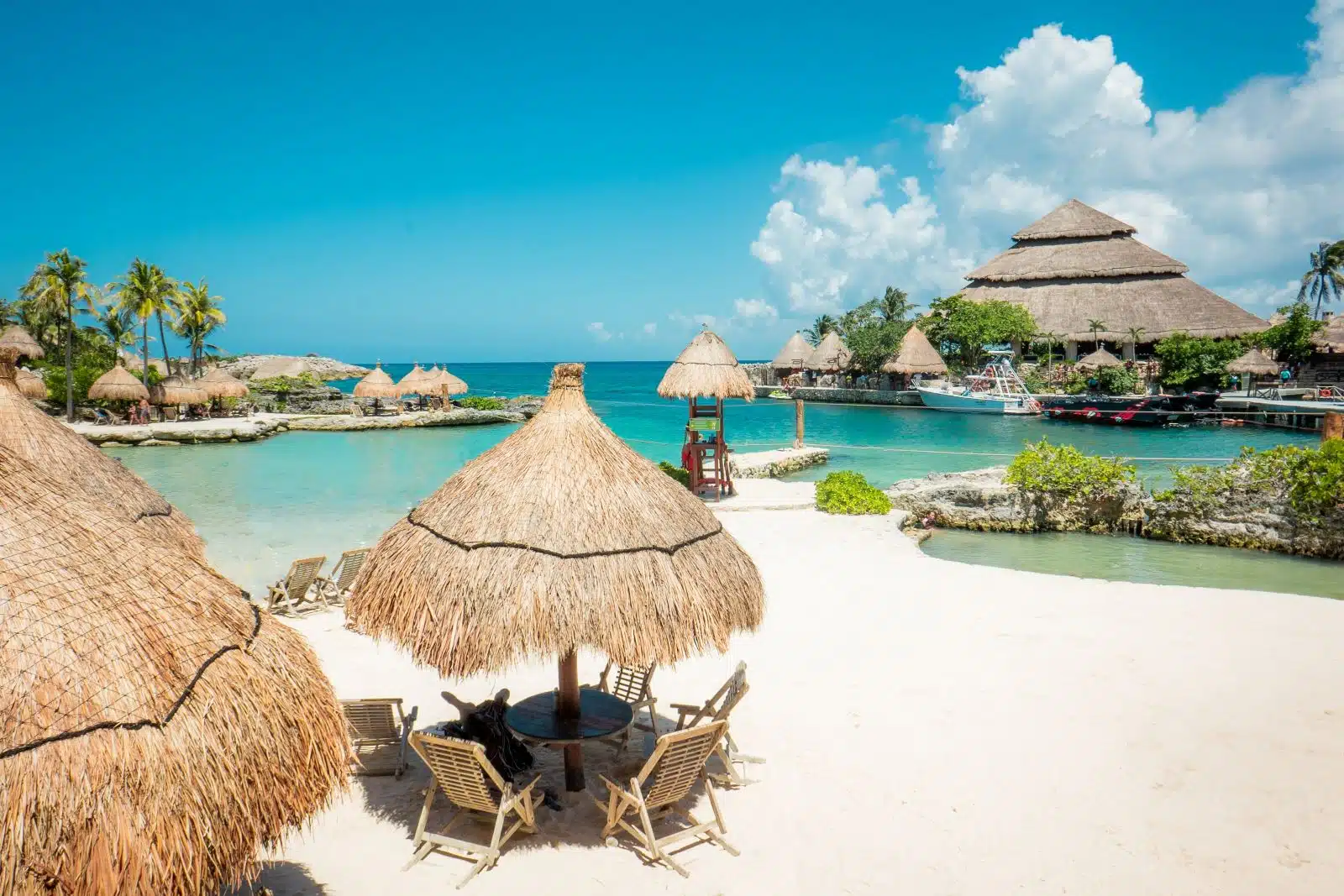
Image Credit: Shutterstock / LuLuraschi
Even popular tourist destinations like Cancun, Playa del Carmen, and Tulum are not immune to crime. These areas have seen an increase in robberies, assaults, and other violent crimes. Visitors should remain vigilant and stay within well-populated tourist zones.
Mexico City
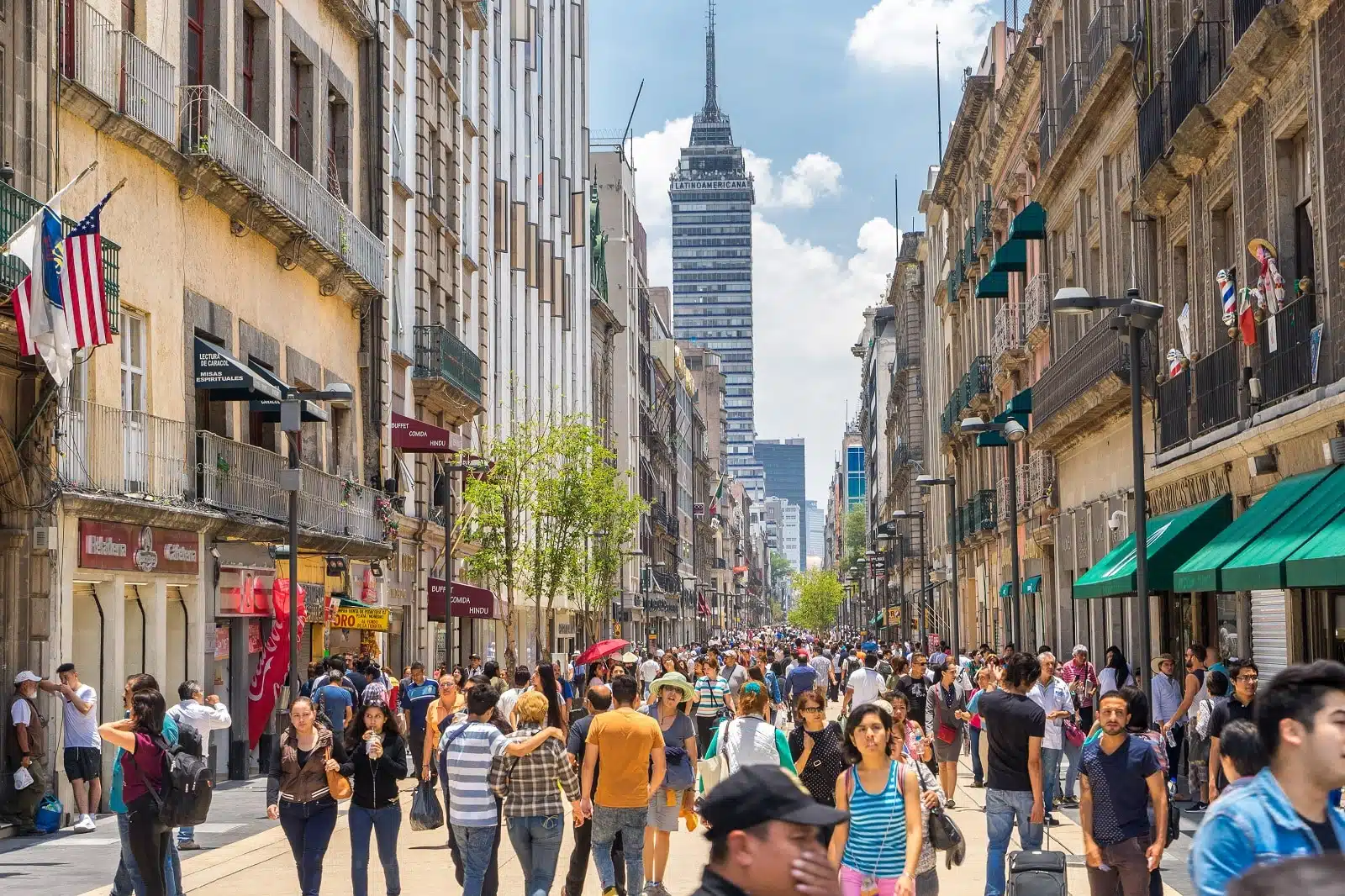
Image Credit: Shutterstock / Alex Cimbal
Parts of Mexico City have been highlighted for their high crime rates. Neighborhoods with frequent gang violence and criminal activity should be avoided, particularly after dark. Increased caution is advised when visiting the capital.
Chihuahua

Image Credit: Shutterstock / Haru photography
The state of Chihuahua continues to have significant safety concerns, with restrictions on travel for U.S. government employees. The region is known for violent crimes, including targeted assassinations and kidnappings. Travelers are advised to steer clear of these high-risk areas.
Specific State Warnings
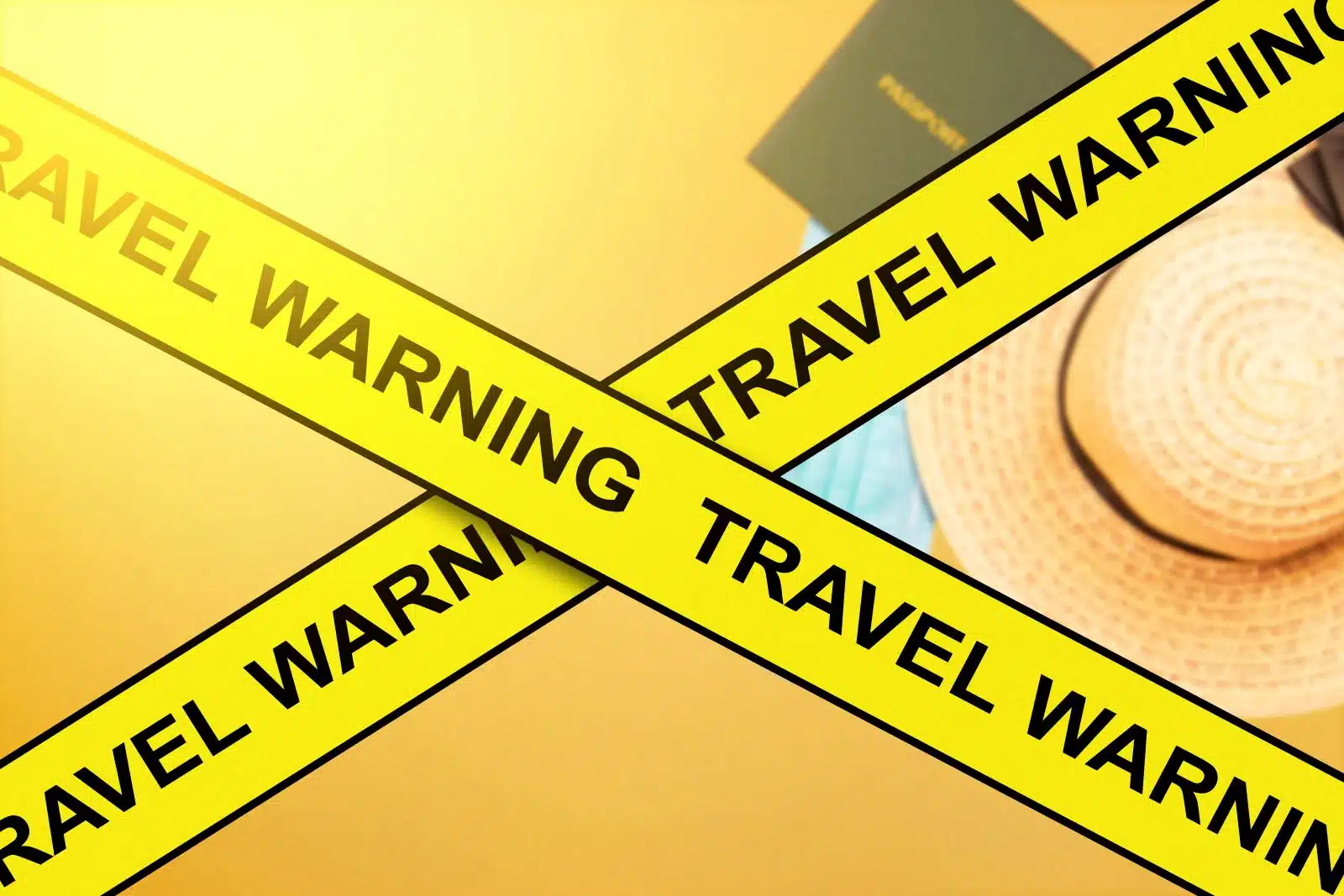
Image Credit: Shutterstock / leolintang
Certain states are under stricter advisories. For instance:
- Do Not Travel: Colima, Guerrero, Michoacán, Sinaloa, Tamaulipas, and Zacatecas due to crime and kidnapping.
- Reconsider Travel: Baja California, Chihuahua, Durango, Guanajuato, Jalisco, Morelos, and Sonora due to crime and kidnapping.
- Exercise Increased Caution: Aguascalientes, Baja California Sur, Chiapas, Coahuila, Hidalgo, Mexico City, Mexico State, Nayarit, Nuevo Leon, Oaxaca, Puebla, Queretaro, Quintana Roo, San Luis Potosi, Tabasco, Tlaxcala, Veracruz.
Government Efforts to Enhance Safety

Image Credit: Shutterstock / aerogondo2
The Mexican government has implemented several measures to improve safety in tourist areas. Special forces and the National Guard have been deployed to patrol beaches and resort zones, aiming to protect tourists from potential threats. Despite these efforts, it’s essential for travelers to stay informed and follow safety guidelines.
Healthcare Considerations

Image Credit: Shutterstock / H_Ko
Healthcare in Mexico may not meet the standards you are accustomed to in the United States. Emergency response times can be slow, and private hospitals often require upfront payments. It’s advisable to have comprehensive travel insurance, including medical evacuation coverage, as U.S. Medicare and Medicaid do not cover expenses outside the country.
Practical Safety Tips for Travelers
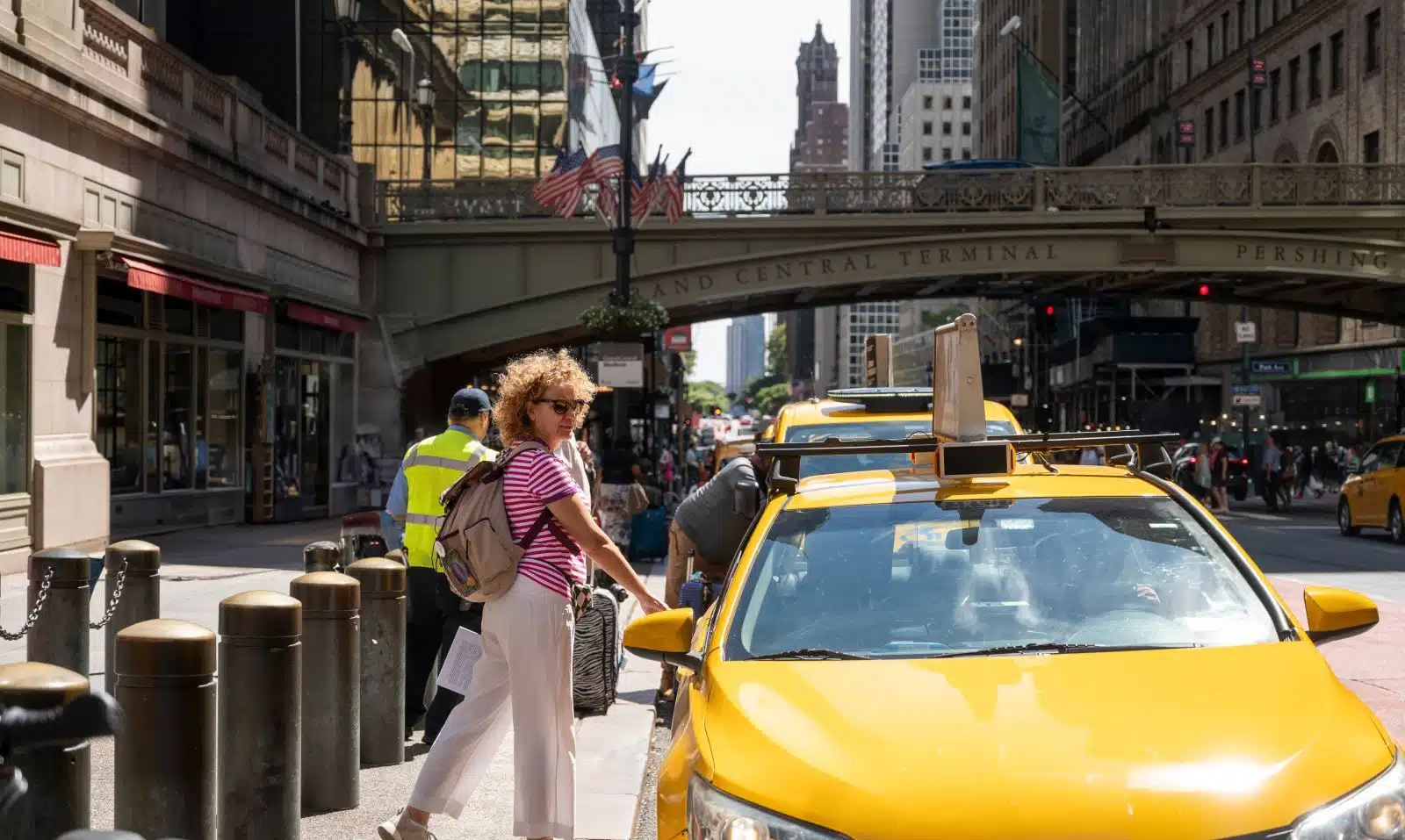
Image Credit: Shutterstock / Antonio Suarez Vega
When visiting Mexico, consider these essential safety tips:
- Avoid walking or driving at night.
- Stick to reputable hotels and well-populated tourist areas.
- Use trusted taxi services instead of public transportation.
- Stay informed by keeping up with local news and following guidance from the U.S. Embassy.
Official Statement from Mexico’s Tourism Board

Image Credit: Shutterstock / Salivanchuk Semen
In response to the advisory, Mexico’s tourism board emphasizes that most tourist areas remain safe. They note that the advisory specifically targets high-risk areas, typically outside main tourist zones. Mexico’s Tourism Minister, Miguel Torruco, has pushed for more specific travel alerts to avoid generalizing entire states and affecting tourism unnecessarily.
Be Prepared

Featured Image Credit: Pexels / Vlada Karpovich.
While Mexico remains a beautiful and culturally rich travel destination, it’s crucial to stay informed about current safety conditions and take appropriate precautions. For the latest updates and detailed information, visit the U.S. Department of State’s travel advisory page for Mexico. Ensuring that you have comprehensive travel insurance and being aware of the areas to avoid can help you have a safer and more enjoyable travel experience.
More From The Green Voyage
Top 10 Trending Travel Destinations 2024
6 Essential Banking Apps for International Travel – Managing Your Finances on the Go
Traveling With Kids – 10 Tips to Create Memorable Family Holidays
Featured Image Credit: Shutterstock / Alex Cimbal.
For transparency, this content was partly developed with AI assistance and carefully curated by an experienced editor to be informative and ensure accuracy.
Tips for Trip Success
Book Your Flight
Find an inexpensive flight by using Kayak, a favorite of ours because it regularly returns less expensive flight options from a variety of airlines.
Book Your Hotel or Special Accommodation
We are big fans of Booking.com. We like their review system and photos. If we want to see more reviews and additional booking options, we go to Expedia.
You Need Travel Insurance!
Good travel insurance means having total peace of mind. Travel insurance protects you when your medical insurance often will not and better than what you get from your credit card. It will provide comprehensive coverage should you need medical treatment or return to the United States, compensation for trip interruption, baggage loss, and other situations.Find the Perfect Insurance Plan for Your Trip
